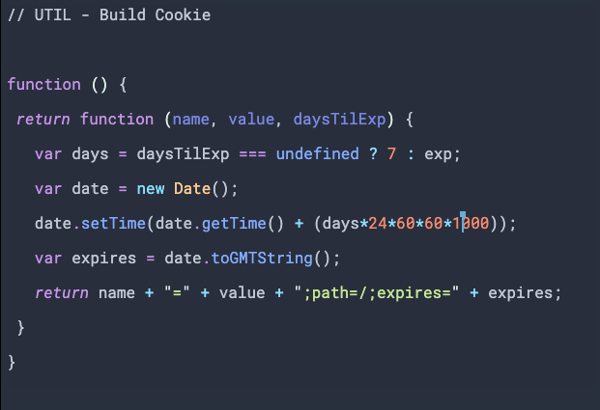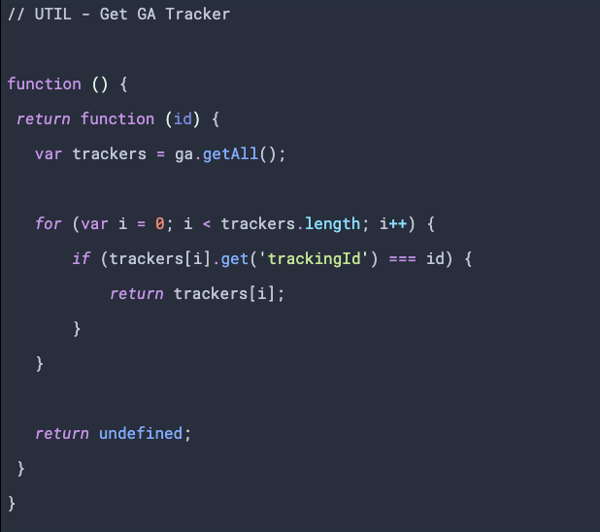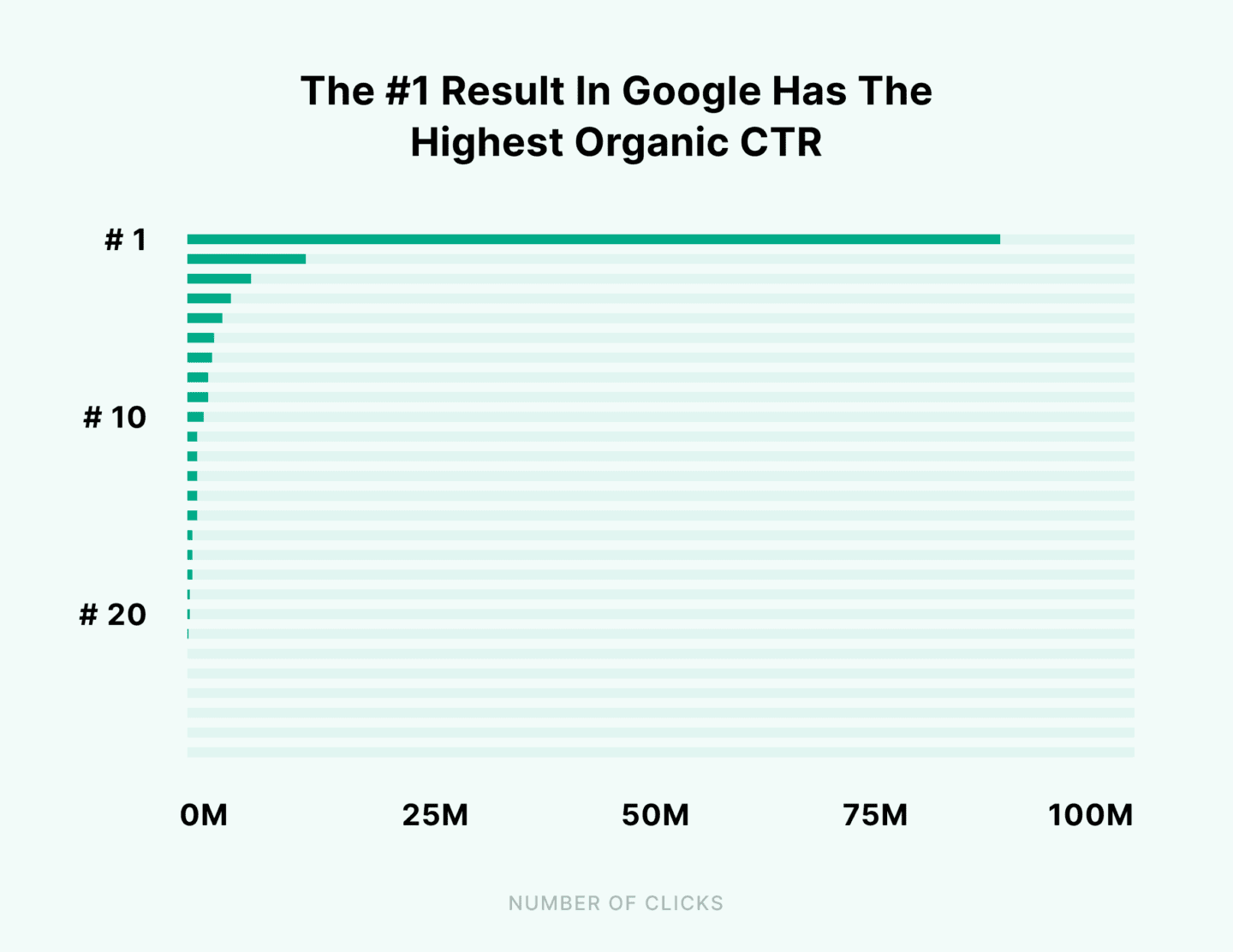Advanced Google Tag Manager Tip - Javascript Utility Variables
Welcome to the first of a series of tips for managing complex tracking implementations in Google Tag Manager. Today we will be discussing JavaScript Utility Variables, going over what they are, with examples, and how you can make use of them to eliminate some of the variable bloat your container may have.
Google Tag Manager’s user-defined variables are a powerful tool to help simplify your tracking needs, particularly the Custom JavaScript type. These require a single anonymous function that returns a value. They will often use other Tag Manager variables as input and return a modified version of it as output. Below is a simple example that converts an element’s inner text to lowercase:

Now this function, while useful, isn’t exactly re-usable. Since we are not able to pass any arguments to the function, this can only convert “the text within an element that was clicked” to lowercase. If you’re wanting to convert a different variable, like a URL query parameter, you would need to create a duplicate variable and function using the variable for that query parameter. Of course, if you are only creating a couple of duplicate functions for your entire implementation, then this is not a big deal, but if you find yourself constantly creating them, then problems can arise. (It also goes against a key software development principle, DRY or Don’t Repeat Yourself.) The good news is that there is a simple solution, utility variables.
What is a utility variable?
It’s simply a custom JavaScript variable that returns a function as its value. Within this function, you can accept arguments that can be passed in when calling the variable in another variable or tag. This means that a function’s input is no longer static and allows you to define it when calling the function. The best way to illustrate this pattern is to go over another example. Say as part of your tracking, you need to set various cookies based on a user’s actions. Cookies require a name and value, and unless it’s a session only cookie, an expiration. Normally, you would need to create a separate variable, or tag, for each cookie that you need to set, each with nearly identical definitions. Let’s take a look at how this can be done with a single function with the Utility Variable pattern:

We are still defining a single anonymous function that returns a value, but our value is another function that accepts three arguments, name, value, and daysTilExp. When calling this Variable, we will pass in these parameters and receive a cookie definition to set the cookie. To call this function, you simply invoke it the same way you would any other JS function, using the Variable Name as the function’s name:

The above call will set a cookie, turnips, with the value, ripe, and an expiration in 7 days. To set a separate cookie, you would just call the same function passing in the new parameters. This single function is infinitely reusable for your cookie setting needs across your entire implementation. Now doesn’t that sound better than creating countless duplicates to achieve the same thing?
Google Analytics Get Function Example
Let’s take a look at another example, this time to get a GA tracker object by its Web Property ID:

Like our cookie builder example, this function simply returns a function that requires a parameter, this time a Web Property ID. This function will then search for the tracker with that ID and return it if found, otherwise, it returns undefined. This function can also be chained with, or used within, another utility variable to retrieve a specific field from the tracker, like the Client ID:

These are just a couple of examples but the use cases for Utility Variables are nearly endless, and they will help you cut down on the bloat that can come with large tracking implementations.
Do you plan on using any of these for your tracking needs? If so, let us know in the comments. If you would like some assistance with managing a complex tracking implementation in Google Tag Manager, let our Data Intelligence Team know.
You May Also Like
These Related Stories

Embrace the Future of Analytics: Google Analytics 4 (GA4)

Content Best Practices to Improve Search Engine Ranking

No Comments Yet
Let us know what you think